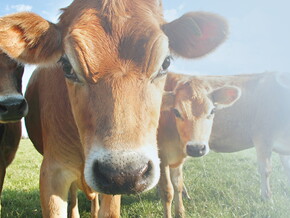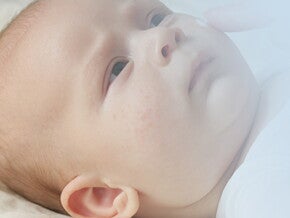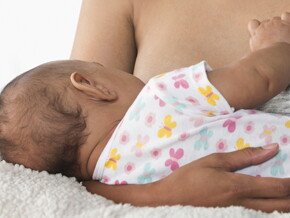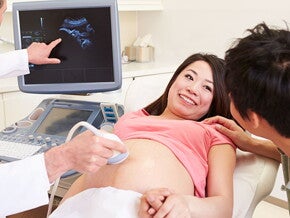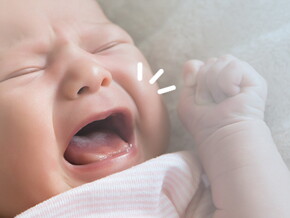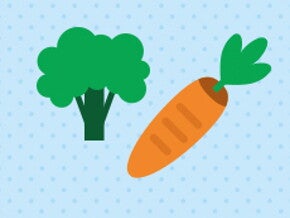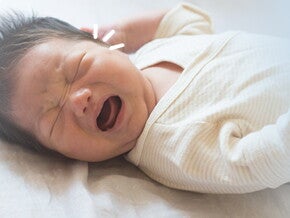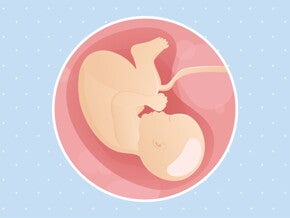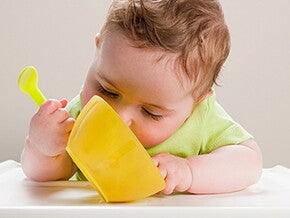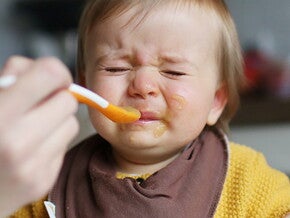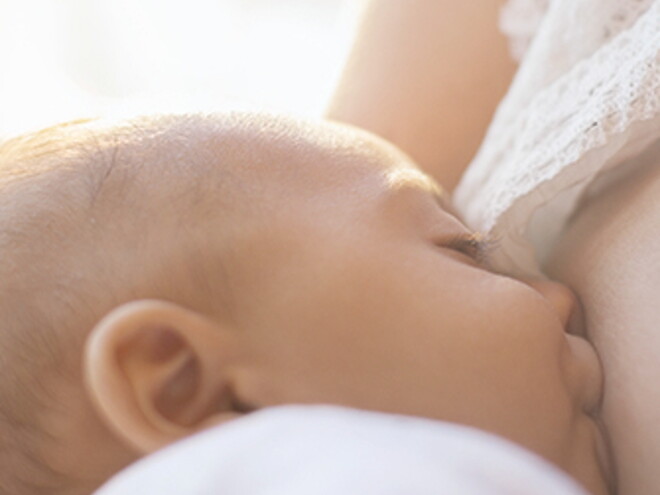
Understanding mastitis and breast pain
As a new mom who is breastfeeding, you are already doing the best for your little one. You know breastfeeding will give your baby the very best start in life—as well as providing health benefits that will last a lifetime. For some moms, breastfeeding will come naturally and continue without any issues. Yet, for others, it may present challenges. And, like any new skill, breastfeeding can take practice and perseverance.
Breastfeeding concerns
Some common concerns moms who breastfeed have include worrying they don’t have enough milk (which is, in fact, very rare), sore or cracked nipples, overfull breasts, or breast pain. Painful breasts can be one of the symptoms of an inflammatory condition called mastitis. Mastitis usually occurs due to a build-up or ‘stagnation’ of milk inside a mom’s breast. Another common cause of mastitis is infection in the breast ducts, due to having too much harmful bacteria such as Staphylococci.
Mastitis and breast pain may be common reasons why moms stop breastfeeding earlier than they planned. As well as breast pain, redness, and swelling, mastitis sufferers may experience flu-like symptoms, including fever, sweats, shivering, and achiness. There are a number of ways mastitis can be treated, and your healthcare provider may prescribe antibiotics if infection is present. However, recurrence rates of mastitis can be high.
If you think you might have mastitis symptoms, speak to your healthcare provider.
Sources
Amir LH, Trupin S, Kvist LJ. Diagnosis and treatment of mastitis in breastfeeding women. J Hum Lact 2014; 30(1):10-3.
Amir LH, Academy of Breastfeeding Medicine Protocol Committee. ABM Clinical Protocol #4: Mastitis, revised March 2014. Breastfeed Med 2014; 9(5): doi: 10.1089/bfm.2014.9984.
Angelopoulou A, Field D, Ryan CA et al. The microbiology and treatment of human mastitis. Med Microbiol Immunol 2018, 207(2):83-94.
Arroyo R, Martin V, Maldonado A et al. Treatment of infectious mastitis during lactation: Antibiotics versus oral administration of Lactobacilli isolated from breast milk. Clin Infect Dis 2010; 50(12):1551-8.
Core curriculum for lactation consultant practice: International Lactation Consultant Association, Mannel, Martens, Walker, Eds, 3rd ed; 2013.
Cullinane M. Amir LH, Donath SM et al. Determinants of mastitis in women in the CASTLE study: a cohort study. BMC Fam Pract 2015; 16:181. doi: 10.1186/s12875-015-0396-5.
Infant Feeding Survey, UK, 2012;
Health and Social Care Information Center, HNS, IFF Research, 2012. Infant feeding survey 2010. http://digital.nhs.uk/catalogue/PUB08694 (accessed May 23, 2018)
Jimenez E, de Andres J, Manrique M et al. Metagenomic analysis of milk of healthy and mastitis-suffering women. J Hum Lact 2015, 31(3):406-15.
Kvist L. Re-examination of old truths: replication of a study to measure the incidence of lactational mastitis in breastfeeding women. Int Breastfeed J 2013, 8(1):2. doi:1186/1746-4358-8-2.
Mayo Clinic
http://www.mayoclinic.org/diseases-conditions/mastitis/basics/symptoms/… (Accessed May 23, 2018)
Odom EC, Li R, Scanlon KS, et al. Reasons for earlier than desired cessation of breastfeeding. Pediatrics 2013; 131(3):e726-32.
World Health Organization. Mastitis causes and management. Geneva, World Health Organization, 2000.


